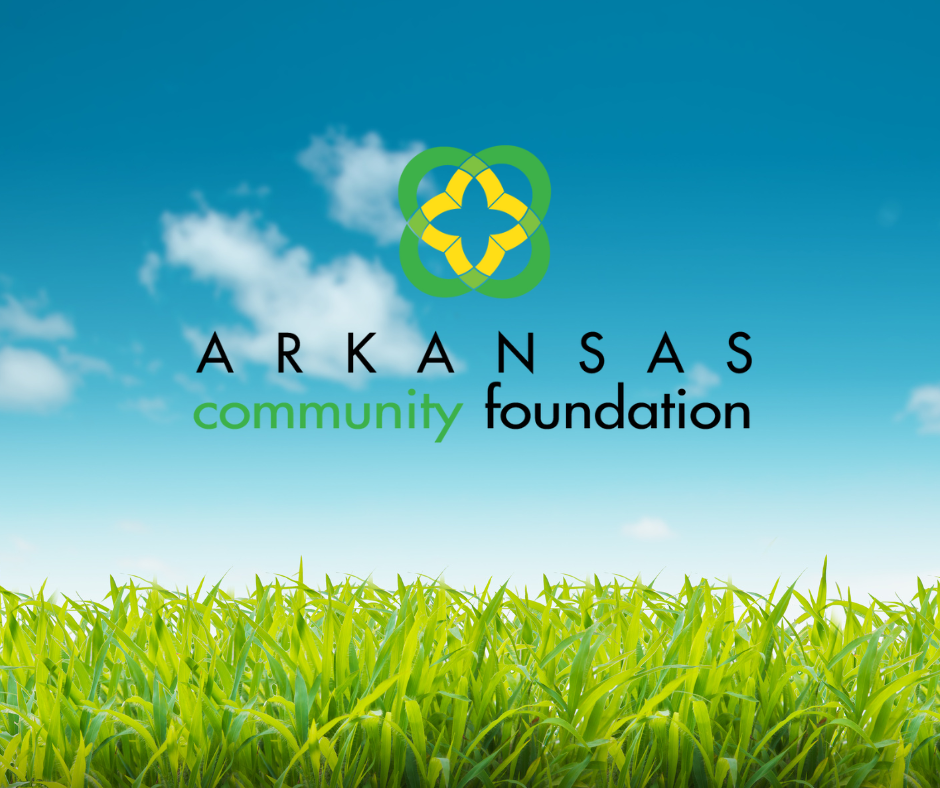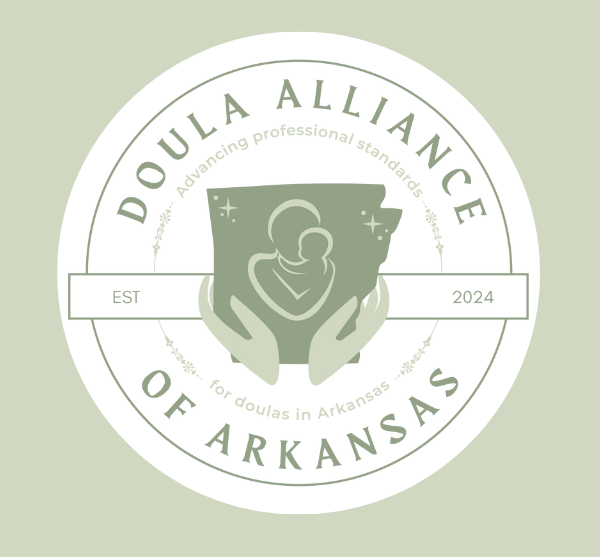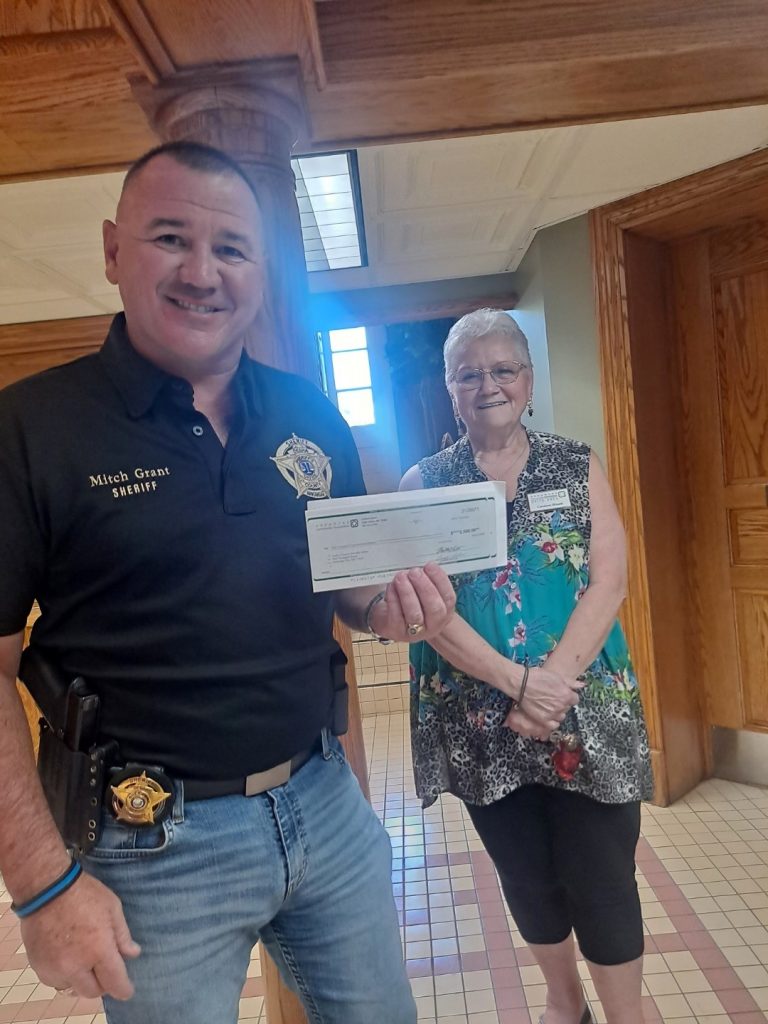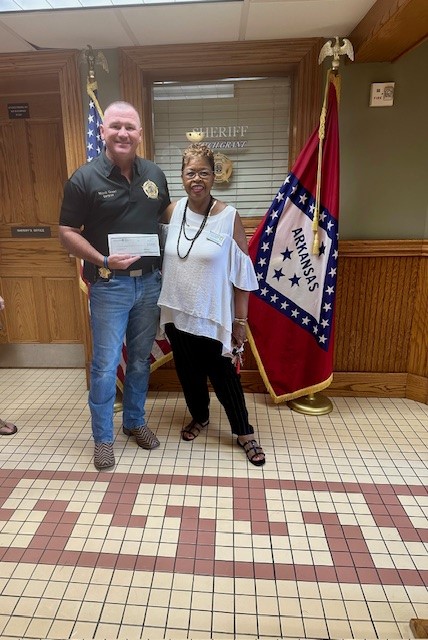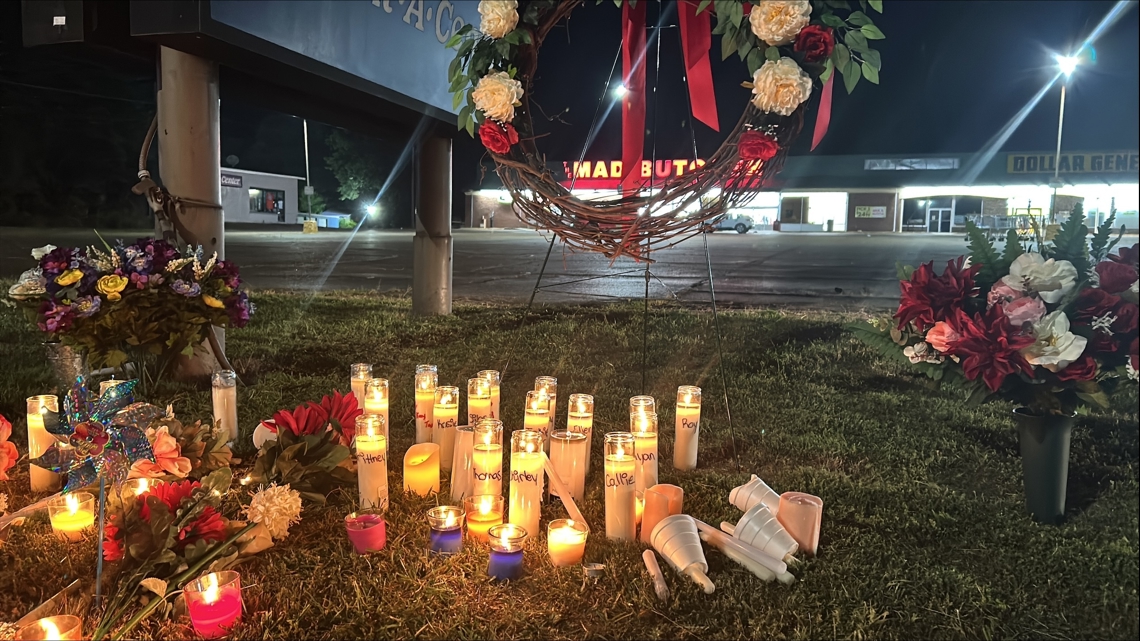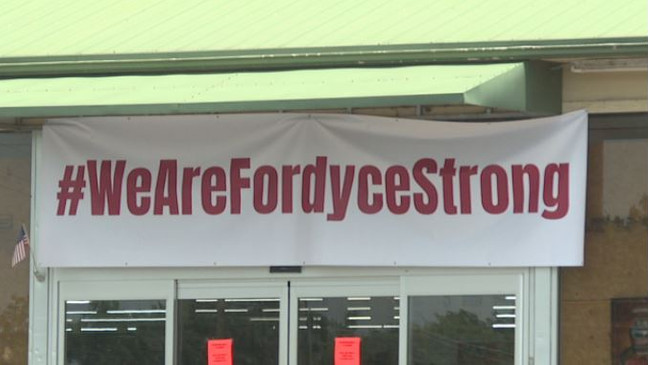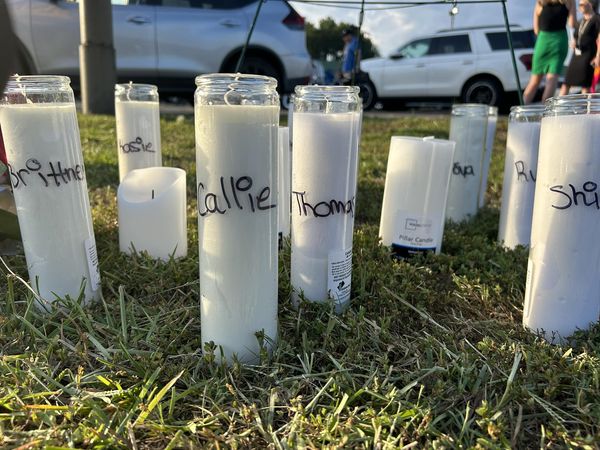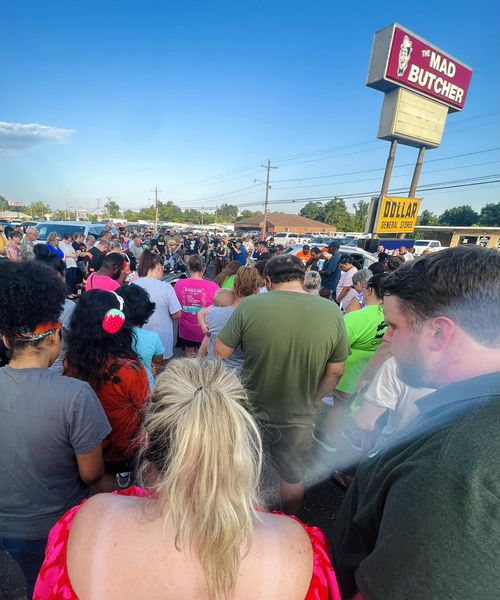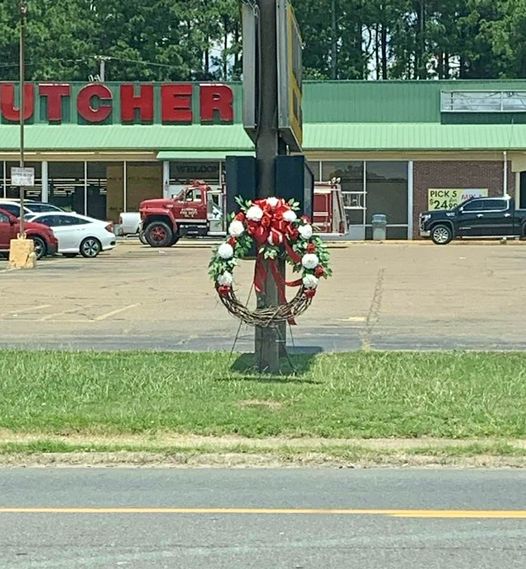Little Rock, Ark. (Aug. 14, 2024) – Arkansas Community Foundation has elected Tracy Cude of Bentonville as chair for the statewide organization’s board of directors, along with four new board members: Dennis Hunt of Fayetteville, Brad Johnson of Greenwood, Osmar Garcia of Conway and Ritter Arnold of Marked Tree.
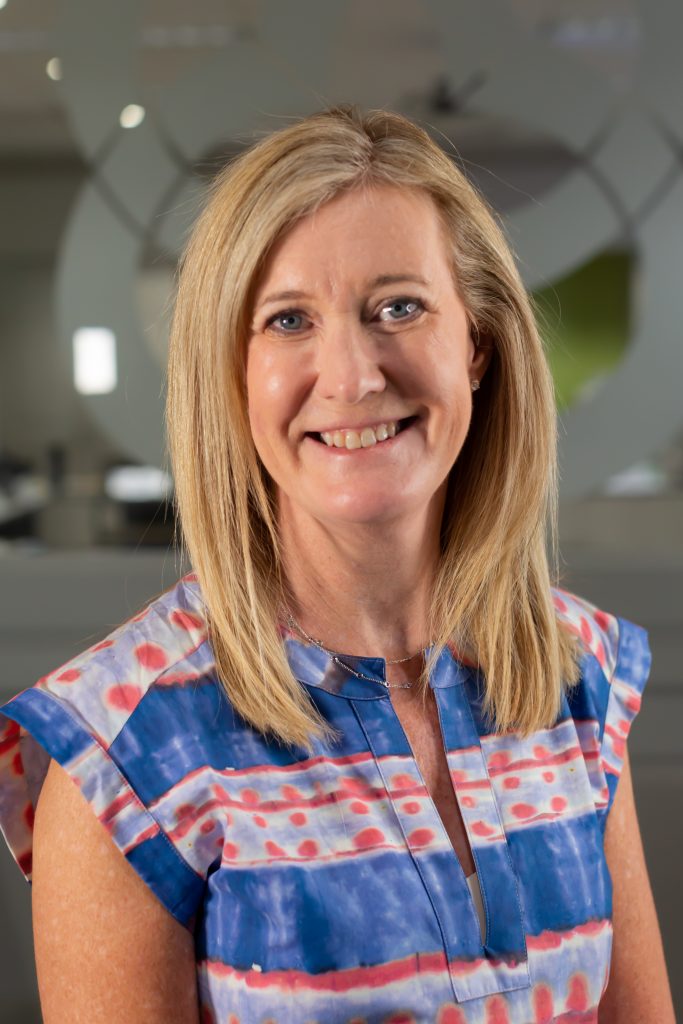
“We are thrilled to welcome Tracy’s leadership as chair to our board, along with Dennis, Brad, Osmar and Ritter as new members,” said Heather Larkin, president of Arkansas Community Foundation. “These leaders will provide excellent guidance to our statewide network. They each bring a unique perspective and a plethora of strategic skills to our board.”
Tracy Cude served as chief financial officer of Crystal Bridges Museum of American Art beginning in 2006 where she was responsible for the business services division of the museum. Prior to Crystal Bridges, she led the accounting and operational support team at the Walton Family Foundation and served as vice president for finance and planning at the Walton Arts Center where she led strategic planning functions. In addition to her nonprofit career experience, Tracy spent nine years as a private consultant and served on a merger and acquisition team for Raytheon Corporate Jets. She was named Nonprofit CFO of the Year by the Arkansas Business Journal and Accountant of the Year by the University of Arkansas in 2015.
Cude will be leading the statewide organization’s 16-member board, including four newly elected members, Hunt, Johnson, Garcia and Arnold.
Ritter Arnold was a fourth-generation leader of E. Ritter & Company. Started in 1886 as a farming and milling operation, the company is now involved in communications, agribusiness and philanthropy. Ritter is a businessman, farmer and community leader. Now retired, he and his family have two funds at the Community Foundation.
Dennis Hunt has served as an investment banker with Stephens since 1993. He is a registered Municipal Securities Principal and a Municipal Advisor Principal. He holds a master’s degree with honors from the University of Arkansas at Fayetteville, and has completed post-graduate training at Harvard University, the University of Texas and the University of Virginia. Dennis previously served nine years on the Community Foundation’s board ending that tenure in June 2020. He served on the Fayetteville Area affiliate board for years. He and his wife Marla are fundholders with the Community Foundation.
Dr. Brad Johnson received his certification from the American Board of Dermatology in 2004. He graduated from Greenwood High School in 1991, completed a bachelor’s degree in physics from Hendrix College in 1995 and received his medical degree from the University of Arkansas for Medical Sciences (UAMS) in 2000. He and his wife, Dr. Sandy Johnson, are fundholders. The couple has worked tirelessly in the Greenwood area to help expand walking trails and advocate for pedestrian-friendly spaces to help improve the quality of life for local communities.
Osmar Garcia, originally from Jalisco, Mexico, moved to Morrilton with his family in 1998. He earned his Bachelor of Business Administration in Finance from UCA. After graduation, Osmar began a career in banking, and then joined Northwestern Mutual in 2015. Shortly after joining, Osmar and his brother Gilberto Garcia formed Garcia Wealth Management. Osmar currently serves on several boards including the Faulkner County Community Foundation affiliate. When he’s not working, Osmar enjoys spending time with his family.
Click here to see a full list of the Foundation’s board members.

